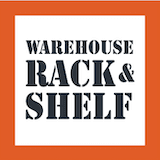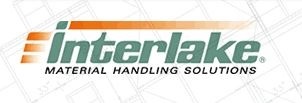What is the history behind pallet rack?
Pallet racks are a staple in warehouses, distribution centers, and manufacturing facilities worldwide. They come in various configurations, including selective racks, drive-in racks, push-back racks, and pallet flow racks, each designed to cater to specific storage needs and optimize space utilization in industrial settings. The evolution of pallet racks reflects the ongoing efforts to improve … Continue reading What is the history behind pallet rack?
Pallet racks are a staple in warehouses, distribution centers, and manufacturing facilities worldwide. They come in various configurations, including selective racks, drive-in racks, push-back racks, and pallet flow racks, each designed to cater to specific storage needs and optimize space utilization in industrial settings. The evolution of pallet racks reflects the ongoing efforts to improve efficiency, safety, and flexibility in material handling and storage systems.
The history of pallet racks is closely tied to the evolution of pallets and the need for efficient material handling and storage in the industrial sector. In the early 20th century, wooden pallets emerged as a solution to streamline the movement of goods using forklifts or pallet jacks. However, the concept truly gained traction during World War II when the military recognized the advantages of palletized storage.
As the demand for improved storage solutions grew post-World War II, manufacturers began developing standardized components for pallet rack systems. During the 1950s and 1960s, innovations focused on creating interchangeable and efficient components such as upright frames and beams to form comprehensive and customizable pallet rack configurations. These developments laid the foundation for the modern pallet rack systems used today.
In the 1970s and 1980s, lead by industry giant Interlake Material Handling, inc., the industry saw more innovation and the integration of new materials. Roll-formed steel became a standard material for pallet rack components, providing a balance of strength and cost-effectiveness. Teardrop shaped hole punch on face of the column became an industry standard.
In recent decades, the pallet rack industry has experienced a shift towards automation and the incorporation of advanced materials. Today, manufacturers continue to innovate and adapt pallet rack systems to meet the evolving demands of modern logistics, emphasizing safety, efficiency, and sustainability in industrial storage solutions.
The future: autonomous mobile robot pickers and the shelving required for this innovative technology.

